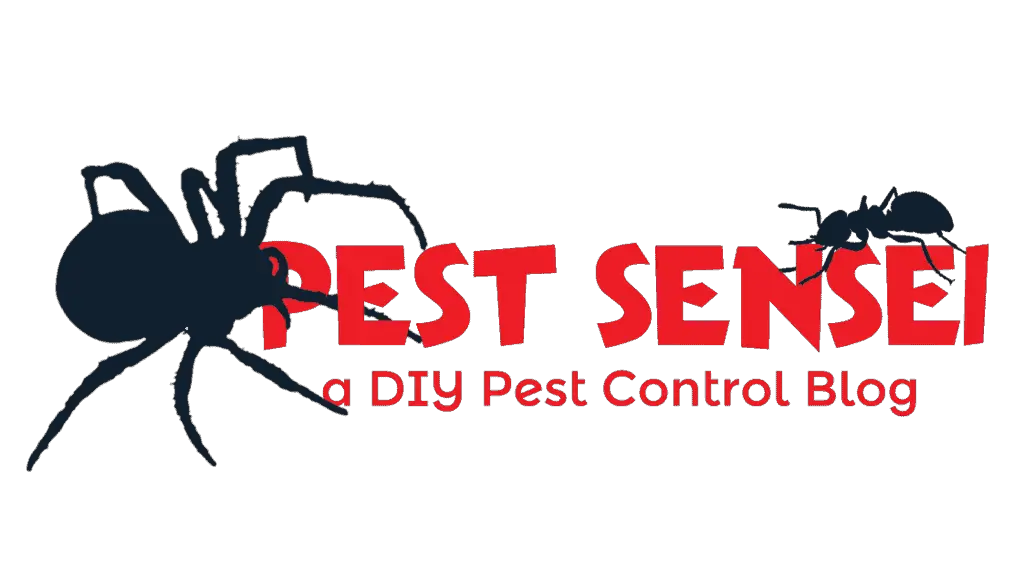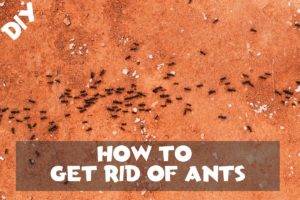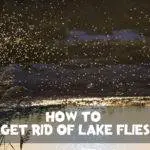Ants can be a nuisance, but they don’t have to be. In this article, we’ll share practical DIY ant control methods that you can use to get rid of ants easily and safely. We’ll cover everything from prevention and elimination.
- Understanding Ant Biology and Behaviors for Effective Pest Control
- How to Differentiate Ants from Termites?
- Preventing Ant Infestation at Home: The Basics of Sanitation and Housekeeping
- Eliminating Ants: Effective DIY Methods
- Can Vinegars Kill Ants?
- How to Remove Ants from Your Laptop?
- How to Remove Ants from Pet Food?
- Final Words
Understanding Ant Biology and Behaviors for Effective Pest Control
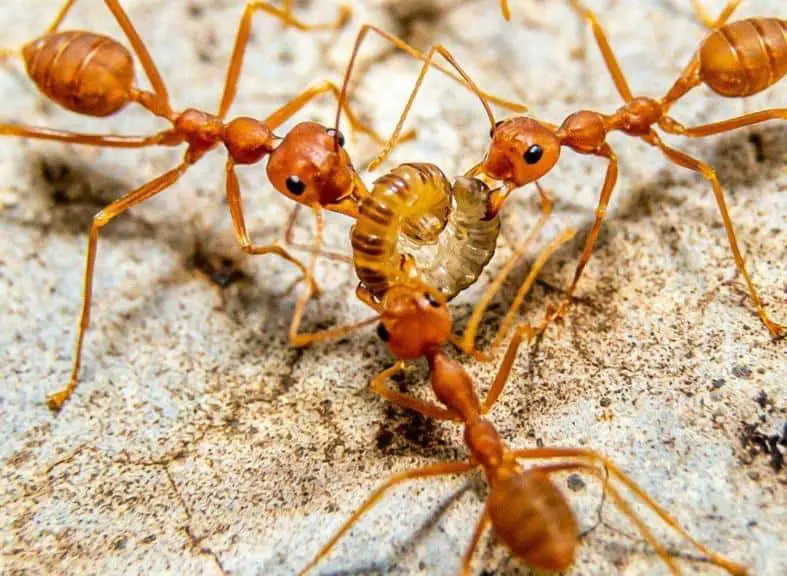
Ant issue is a nightmare for many homeowners. They always “come back” no matter what DIY methods you’ve tried, and there is a good reason for that! To effectively get rid of ants, we need to understand their biology and behaviors.
Ants are eusocial insects. They form a colony where they live together to take care of the young ones. They act on the interest of the colony.
An ant colony is controlled by a queen, or multiple queens. The queen’s main role is to lay eggs. She produces hundreds of eggs every day. This is why treating the foraging ants does not solve your ant issue! The queen can reproduce more ants than that you’ve killed.
Majority of the ants in the colony are sterile workers. Their job is to take care of the queen and her brood, look for food, repair the nest, defend the colony, etc. Unlike the queen, they can’t lay eggs under normal circumstances. Ant workers are those that forage in your house.
A small ant colony can have a few hundred workers, while a bigger colony can have a few thousand. On certain occasions, they form supercolonies, consisting of millions of workers. The foraging ants that you see are less than 10% of the colony size. As long as you don’t address the colony, you won’t solve the issue.
There is another caste in ants, the winged alates, also known as swarmers or flying ants. They are the future queens and short-lived kings. When a colony matures, it produces alates that disperse and start off new colonies.
The eggs of ants hatch into larvae, which then turn into pupae, and subsequently adult ants – either workers or alates.
Ant workers cannot consume solid food. They bring back the solid food and give it to the larvae. The larvae will ingest the food, digest it, and regurgitate the food in liquid form for the ant workers.
Ant workers transport the liquid food by storing it in their stomach and transfer it to their nest mates by regurgitating the food. This phenomenon, also known as trophallaxis, is the key to successful ant control through baiting.
How to Differentiate Ants from Termites?
Ants look similar to termites. You can identify them by looking at the 3 characteristics outlined in the table below.
| Characteristics | Ants | Termites |
|---|---|---|
| Antenna | Elbowed antennae | Straight antennae |
| Wing | Front wings longer than hind wings | Front and hind wings of equal size |
| Waist | Narrow waist between thorax and abdomen | No waist. Abdomen as broad as thorax |
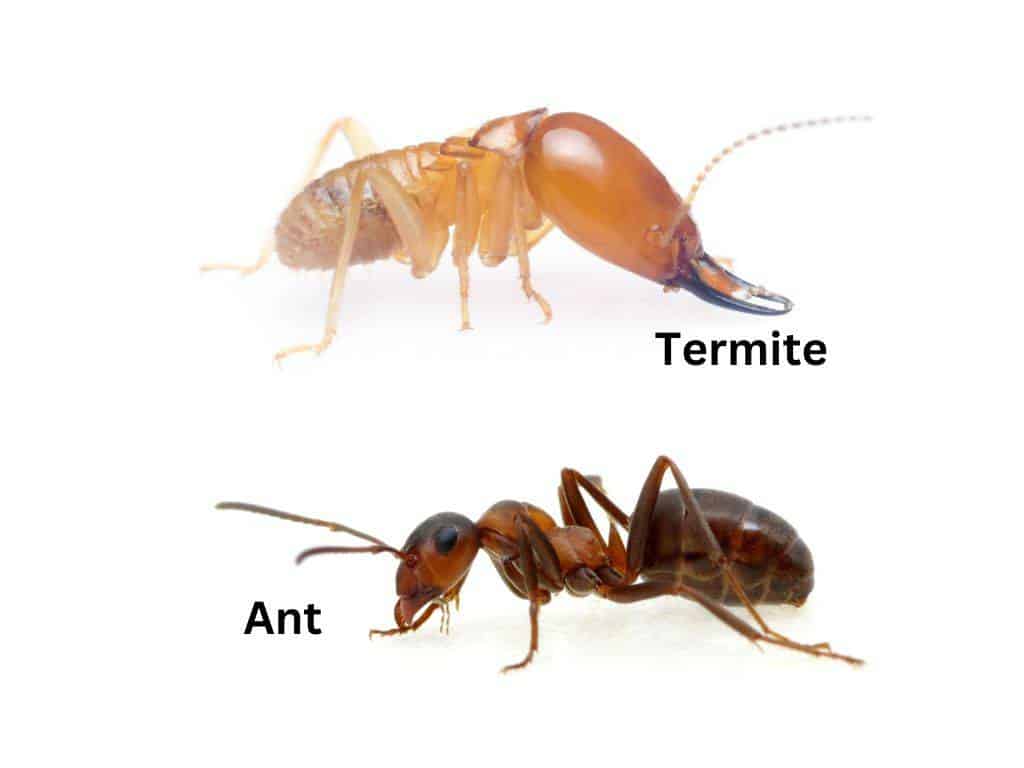
Preventing Ant Infestation at Home: The Basics of Sanitation and Housekeeping
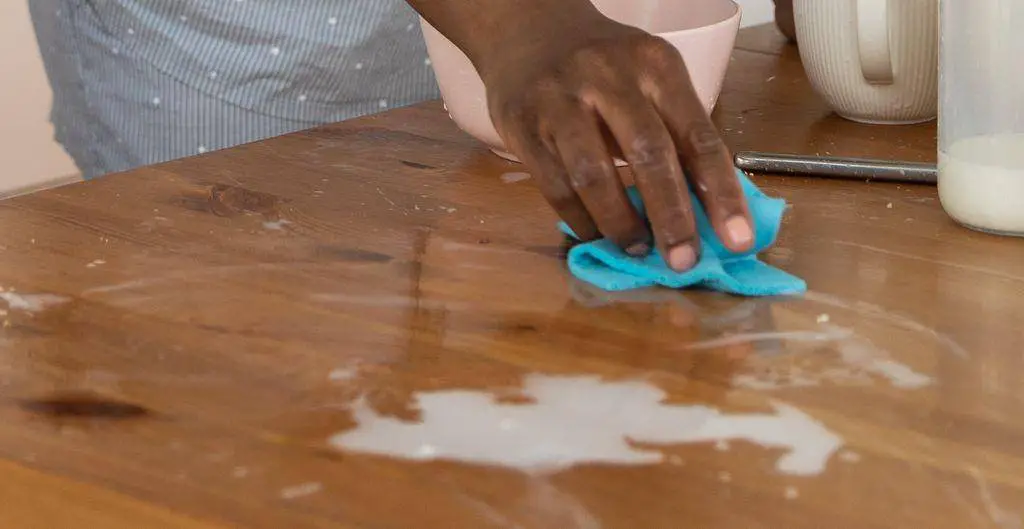
Ants are naturally attracted to food, water, and shelter within your home. By taking measures to keep these resources away from ants, you can effectively prevent ant infestations. Here are some steps you can follow:
- Promptly clean up any food or drink spills to avoid attracting ants.
- Dispose of food waste in the sink on a daily basis, ensuring it is not left overnight.
- Before going to sleep, clean your pet’s food bowl to eliminate any potential food sources for ants.
- Regularly sweep or mop the floor to remove food debris that may attract ants.
- Limit eating to designated areas to minimize spillage and make it easier to clean up thoroughly.
- Periodically clean your trash can to prevent any lingering food odors that could attract ants.
- Dispose of or compost fruit peels and skins as soon as possible to avoid attracting ants.
- Store all food, including pet food, in air-tight containers to prevent access for ants.
- Seal any cracks, crevices, or gaps where ants could hide or use as entry points into your home.
- Trim tree and shrub branches that come into contact with your house, as ants can use them as pathways to enter.
- Store firewood away from your house and keep it dry, as damp firewood can provide favorable nesting conditions for ants.
By implementing these practices and maintaining good sanitation and housekeeping habits, you can greatly reduce the risk of ant infestations in your home.
Eliminating Ants: Effective DIY Methods
Even with proper housekeeping and sanitation practices, ants can still find their way into your home, either in search of food or as unwanted houseguests. To tackle the problem and get rid of ants for good, try the following DIY methods.
Remember to be patient when dealing with ants, as it may take time to achieve complete elimination. Combining these techniques with good housekeeping practices will help ensure long-term success in keeping ants away.
Find and Destroy the Nest
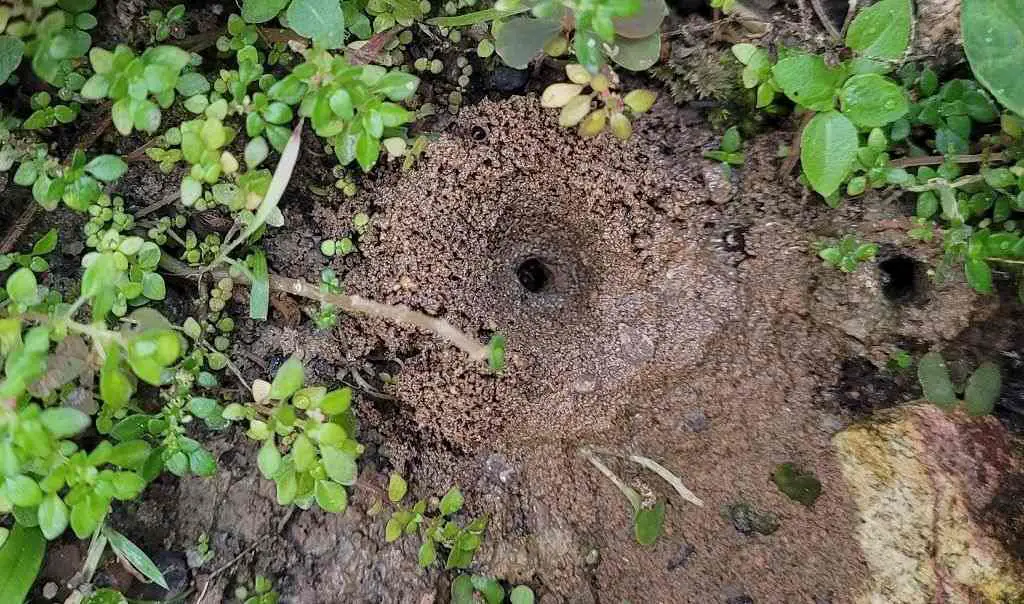
The most successful approach is to locate and eliminate the ant nest. Place small pieces of solid food along the ant trail to lure them. If they don’t respond to one type of food, try another, such as biscuits, raisins, sausage, or eggs.
Follow the ants back to their nest using a torchlight to aid your search. With patience and a bit of luck, you may uncover the nest. Keep in mind that not all ants build mounds in the soil; they can nest in various places like planter boxes, flower pots, stones, tiles, carton boxes, switch boxes, unused drawers, or wall cracks. Most nests are somewhat moist, but there are exceptions.
In my experience, I’ve discovered pharaoh ants nesting in drawers and longhorn crazy ants in unused potting soil, planter boxes, and tiles. I dealt with them by manually crushing them, targeting the queen (the largest ant) and the eggs. It’s important to note that these species are non-aggressive with small colonies. Do not attempt this method with fire ants!
For ant nest treatment, consider using environmentally friendly products like Nature-Cide, available in aerosol or concentrate form. The aerosol formulation is suitable for smaller, above ground nests, while the concentrate is suitable for bigger, underground nests.
Remember, the key is to kill the queen!
Use Ant Bait
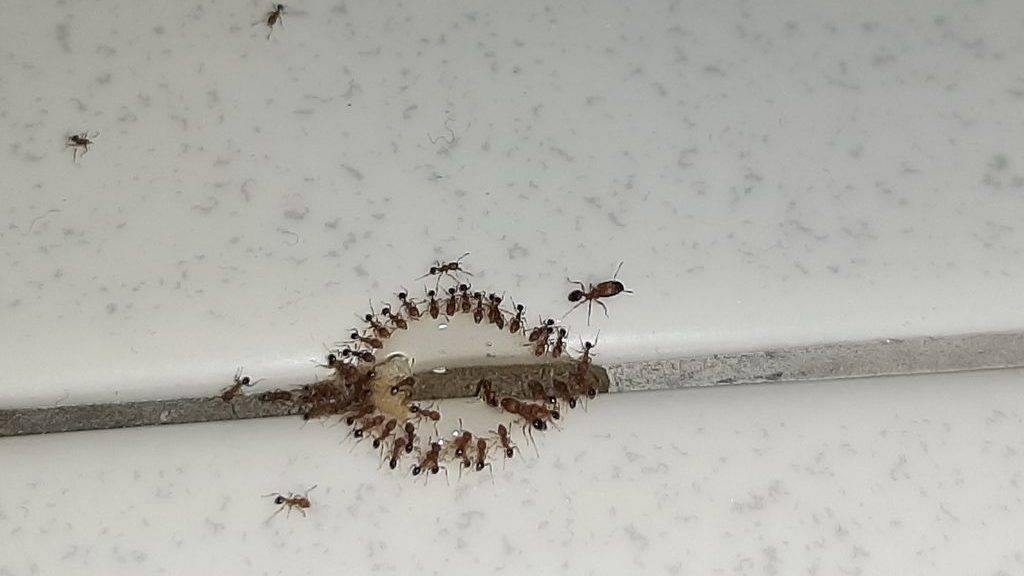
When you’re unable to locate the nest, baiting the ants can be effective. Place bait along their trail, offering both protein-based and carbohydrate-based options. Ants’ preferences may vary depending on the colony’s growth stage and species.
Wait for 5 to 10 minutes, and if the ants show interest in the bait, more ants will be recruited. Don’t be alarmed if you see a significant number of ants – this indicates the bait is appealing to them.
Ants transfer toxins within the colony through food sharing. This method can lead to the colony’s elimination because the toxin will eventually reach the queen. Checkout my DIY bait recipe if you prefer to make your own bait.
Commercially available baits can eradicate an ant colony within a few days, while DIY baits may require more time and repeated applications.
Avoid spraying any repellent or non-repellent pesticide near the bait, as repellents drive ants away and non-repellents kill them before they can transfer the toxin to their nest mates.
Baiting is preferable to spraying because it directly targets the colony, poses a low risk of contaminating food and water, and minimizes exposure to non-target insects like bees. It also requires a smaller amount compared to liquid sprays. In fact, baits are often the only approved products for use in food processing environments.
Pro tip: When using gel bait, apply it in a long, thin line or as multiple small dots to increase the surface area for ants to pick up the bait. You can apply gel bait on bait stations, pieces of paper, or small plastics for easier cleaning.
Keep in mind that not all ants will be attracted to the baits. Some may simply ignore them, even after offering both protein and carbohydrate-based options. Pharaoh ants, for example, are particularly challenging to bait.
Terro Liquid Ant Bait
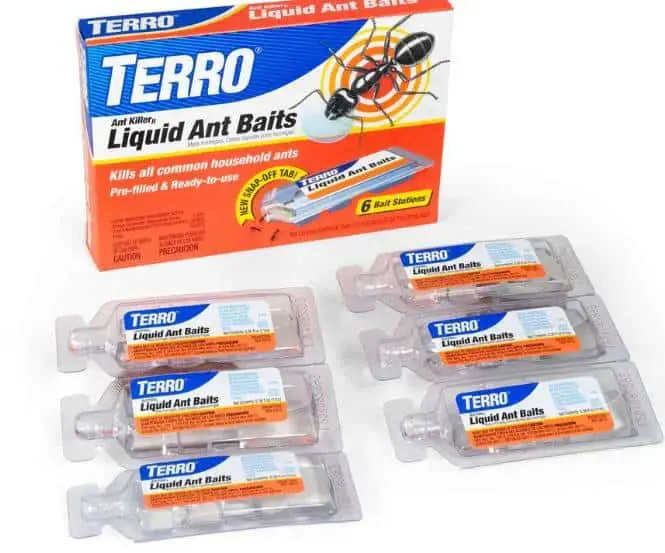
Terro ant bait is a sugar-based ant bait containing borax, a compound commonly used in household cleaning products. It comes in a ready-to-use package, and saves you the hassle of preparing your own DIY bait. Similar to boric acid bait, repeated application is required to eliminate the colony.
Advance 375A Select Granular Ant Bait
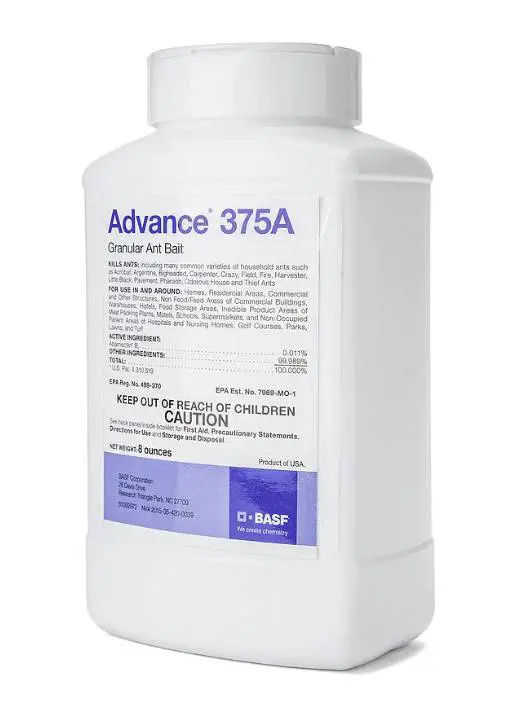
Advance 375A Select is a protein-based ant bait. It contains naturally-occuring abamectin that can slowly kill the ants, and eliminate the ant colony.
Seal Cracks and Crevices
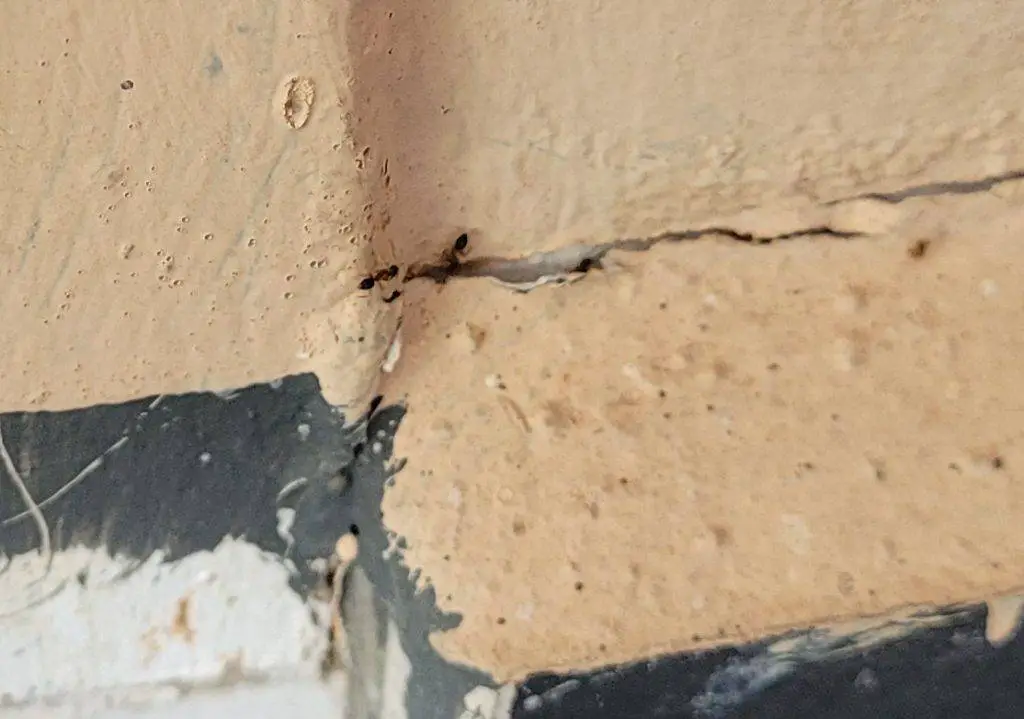
Ants can enter your home through cracks and crevices. By sealing these entry points, you can effectively prevent ant invasions. Even if you have successfully eliminated ants through baiting, sealing entry points will deter other ants from using the same routes.
Sprinkle Diatomaceous Earth Dust
Diatomaceous earth (DE) is a natural, abrasive powder made from fossilized algae called diatoms. It kills ants by cutting through their exoskeletons, causing dehydration and death. DE is non-toxic to humans and pets, but harmful to insects.
To use DE for ant control, sprinkle it along the ant trails and in areas where you’ve seen ants. Keep in mind that DE is not an instant solution—it takes time to kill ants, and it doesn’t address the entire colony. To achieve optimal results, combine DE application with good housekeeping practices.
Ensure you use pest control-grade DE, such as Natural Guard DE, which has the right particle size and hasn’t been heat-treated, making it more effective against pests.
I recommend using DE outdoors in dry locations, as it loses efficacy when wet. While you can also use it indoors, be cautious as it can be messy due to its powdery form.
Use Ant Repellents
Certain home remedies and plant-based products can kill and repel ants safely. However, their effectiveness may vary depending on the ant species. It’s important to note that some ants, such as pharaoh ants or Argentine ants, may split their colonies if they sense repellents, creating additional challenges.
If you’re dealing with non-budding ants, consider using plant-based repellents like Nature-Cide, which contains natural ingredients such as clove oil and cottonseed oil. The aerosol canister is ideal for spot treatments, while the concentrate is suitable for larger areas.
If you’re uncertain about the ant species you’re dealing with, avoid using repellents to prevent exacerbating the issue.
Wipe off Pheromone Trails
Ants leave pheromone trails to guide their movements, particularly when foraging for food or returning to their nests. By disrupting these trails, you can confuse the ants and discourage their presence in your home.
While they are disoriented, remove any food sources that attracted the ants. It’s likely they will explore new paths and establish new pheromone trails if the enticing food sources are still present.
Vinegar or any detergent can be used to wipe off pheromone trails effectively.
Perimeter treatment is often the last resort, when you can’t find the nest and the ants refuse to eat the bait.
Spray non-repellent insecticide, such as Temprid FX (Ready-to-spray | Concentrate), along the exterior of your building perimeter. The ants that crawl across the sprayed surface will be killed slowly. Before they die, they transfer the insecticide to their nest mate through grooming.
The transfer of toxin through contact is not as effective as bait. It is hard to eliminate an ant colony this way. Hence, re-treatment is required, otherwise the ants will “come back”.
Can Vinegars Kill Ants?
Yes, vinegar can be effective in killing ants to some extent. When sprayed directly on ants, enough vinegar can drown them. However, it’s important to note that this method only affects a small portion of the ant colony. Additionally, once the vinegar dries, it no longer has any impact on the ants.
How to Remove Ants from Your Laptop?
To remove ants from your laptop, start by wiping the exterior with a cloth soaked in soapy water to remove any food stains. Next, open up the laptop and carefully clean any food debris you may find, especially under the keyboard. Avoid spraying any liquid onto the electronic parts to prevent damage.
If you have a habit of eating while using your laptop, there is a higher chance of attracting ants due to food stains and debris falling into small gaps. To prevent future infestations, try to avoid eating while using your laptop. If you must eat, promptly clean up any food stains after your meal. Using a keyboard cover can also help prevent food debris from entering your laptop.
How to Remove Ants from Pet Food?
To remove ants from pet food, transfer the infested food into containers and place them in the freezer for 2-3 days. This freezing process will kill the ants. Once the food has been treated, store it in airtight containers to prevent re-infestation. While it may be challenging to remove dead ants from the pet food, they are generally safe for pet consumption.
Final Words
Dealing with ants can be challenging due to their large population sizes, and certain ant species may be more difficult to control than others. If you find that you are unable to manage the infestation on your own, it’s advisable to seek help from a professional pest control service provider. You can request a non-obligatory quote from local service providers through platforms like Networx.
If you found this information helpful, feel free to share my blog with others who may benefit from it!
